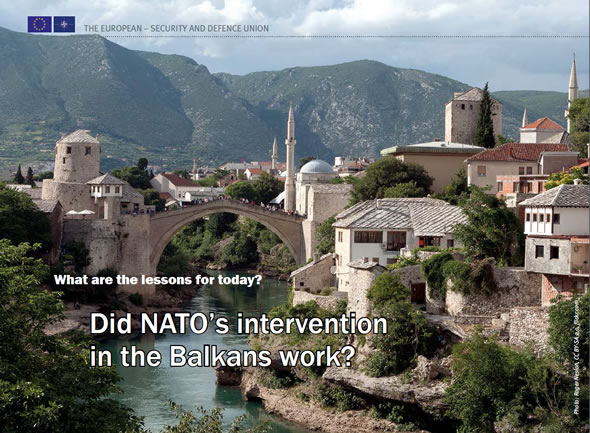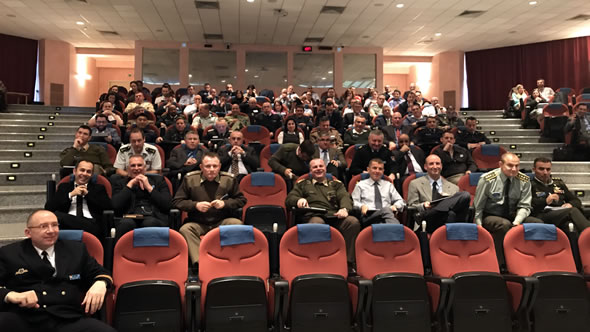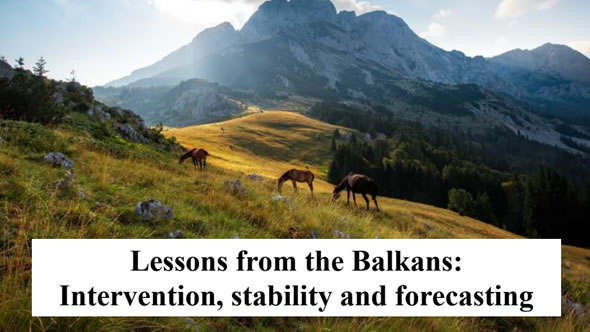Rome – ESI interview: Did NATO's intervention in the Balkans work?

In May this year, ESI's Gerald Knaus gave a lecture at Nato Defense College: Lessons from the Balkans - Intervention, stability and forecasting. He now gave an interview on lessons from intervention and politics in the Western Balkans today to the European Security and Defence Union journal:
The European: Mr Knaus, there is an ongoing war in Eastern Ukraine. Syria is in flames. Libya a collapsed state. There are frozen conflicts throughout Eastern Europe, from Moldova to the Caucasus. And yet, the Western Balkans, which saw four wars in the 1990s with millions of people displaced and hundreds of thousands killed, are peaceful. Can NATO claim credit for this? And what does it tell us about the future of intervention?
Gerald Knaus: Intervention can work because it did, in the Balkans in the 1990s. It can lay the foundation for lasting peace. We saw this in Western Europe after 1945 and again in the Balkans after 1999. The fact that the Balkans have been at peace for more than two decades is remarkable. The fact that FYROM (Former Yugoslavian Republic of Macedonia) is likely to join NATO soon, after finding a difficult compromise on a complex dispute with its Greek neighbour, is striking.
The European: For what reasons did NATO succeed better in the Balkans than elsewhere where it deployed troops?
Gerald Knaus: We can distinguish three phases. In 1995, NATO's military intervention tipped the military balance after the three-year war in Bosnia and Herzegovina. US diplomacy then exploited this to negotiate what was essentially a cease- fire. The deployment of 60,000 IFOR troops in 1996 was initially designed to police this cease-fire for one year. As US president Clinton explained at the time, the mission of US troops was to monitor a "zone of separation" between two hostile entities in Bosnia and Herzegovina, each of which kept its independent army. It was to create "breathing room" for the US to arm one of these armies.
After the Kosovo war in 1999 and the fall of Serbian president Slobodan Milosevic after protests in Belgrade in 2000, ambitions grew dramatically. The goal became creating a united Bosnian army, a joint intelligence service, and to make the zone of separation inside Bosnia invisible in daily life. This succeed- ed remarkably well. Finally, following its Thessaloniki summit in summer 2003, the EU made an attractive offer to Balkan elites: to transform the political culture of the region by breaking with the nationalism of the past so that their societies might enjoy peace and prosperity as future members of a united Europe.
Read the full interview.
- The European Security and Defence Union, "Did NATO's intervention in the Balkans work?" (26 July 2018)
- Rory Stewart and Gerald Knaus: Can Intervention Work? (2011) – www.caninterventionwork.org


